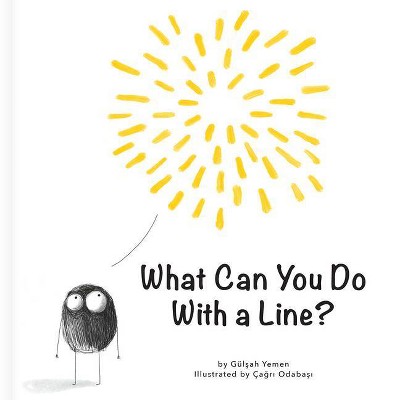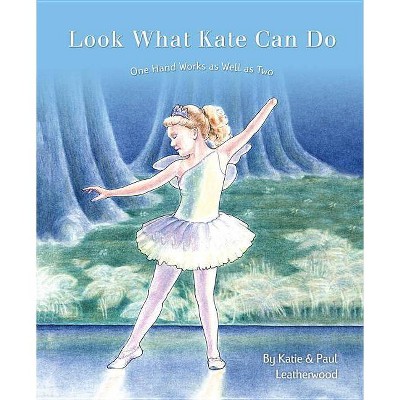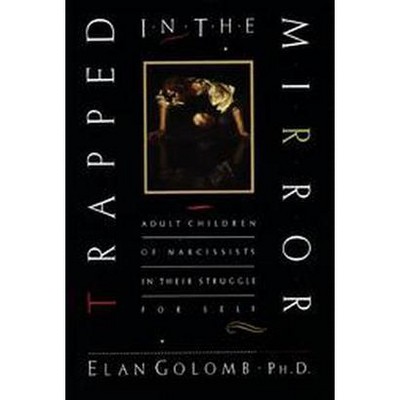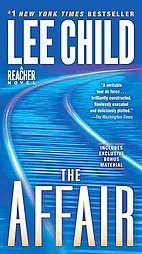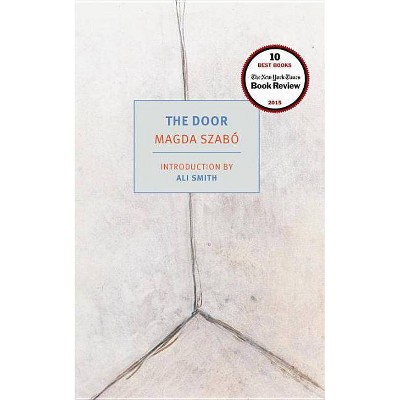What Can a Body Do? - by Sara Hendren (Hardcover)
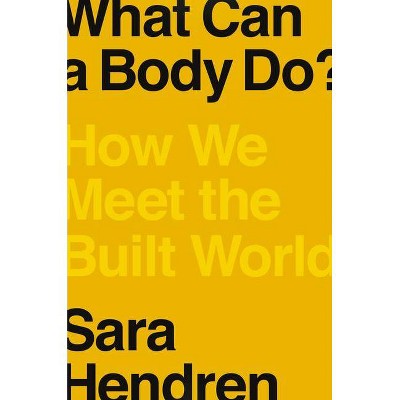
Similar Products
Products of same category from the store
AllProduct info
<p/><br></br><p><b> About the Book </b></p></br></br>"A fascinating and provocative new way of looking at the things we use and the spaces we inhabit, and an invitation to imagine a better-designed world for us all"--<p/><br></br><p><b> Book Synopsis </b></p></br></br><b><b>Named a Best Book of the Year by NPR and LitHub</b> <p/>A fascinating and provocative new way of looking at the things we use and the spaces we inhabit, and a call to imagine a better-designed world for us all.</b> <p/>Furniture and tools, kitchens and campuses and city streets--nearly everything human beings make and use is assistive technology, meant to bridge the gap between body and world. Yet unless, or until, a misfit between our own body and the world is acute enough to be understood as disability, we may never stop to consider--or reconsider--the hidden assumptions on which our everyday environment is built. <p/>In a series of vivid stories drawn from the lived experience of disability and the ideas and innovations that have emerged from it--from cyborg arms to customizable cardboard chairs to deaf architecture--Sara Hendren invites us to rethink the things and settings we live with. What might assistance based on the body's stunning capacity for adaptation--rather than a rigid insistence on "normalcy"--look like? Can we foster interdependent, not just independent, living? How do we creatively engineer public spaces that allow us all to navigate our common terrain? By rendering familiar objects and environments newly strange and wondrous, <i>What Can a Body Do?</i> helps us imagine a future that will better meet the extraordinary range of our collective needs and desires.<p/><br></br><p><b> Review Quotes </b></p></br></br><br><b>Praise for <i>What Can a Body Do?</i> <p/></b>"<i>What Can a Body Do?</i> models its subject. It has well-made sentences and an elegant structure. . . . But Hendren's project also has a kind of deep beauty that is neither separable from design nor fully accountable to it. Some molecular-level harmony obtains when writing seems so committed to being both interesting and humane. . . . Hendren's humanism shines.... As [she] writes, disability 'reveals just how unfinished the world really is.' Her gift, perhaps, is to see that as an invitation."<b> --<i>The New Yorker<br></i></b><br>"In prose infused with tenderness, Hendren tosses away the idea that disability is a problem to be solved and instead shows how humans' adaptation to the built environment is a wonder to behold." <b>--NPR<i><br></i><br></b>"For Hendren, disability is not a problem to be solved or a flaw to be cured: diverse bodies generate alternative understandings of the built world and should encourage us to question what we accept as 'standard.'"--<i><b>The Baffler <p/></b></i>"Few books are capable of making you see the world in a fundamentally new way and this is one of them." <b> <b>--National Association of Science Writers</b></b><i><b> <p/></b></i>"Hendren illustrates a powerful idea that holds potential for the fields of urbanism, architecture, and design. . . . [the] book ripples with a sense of generative possibility around how these unique perspectives help us see the world in a different way and emancipate new ways of living together." <i><b>--Public Books<br></b></i><b><br></b>"Sara Hendren's graceful, generous book invites us to create a more accessible, humane world of coexistence that thoughtfully meets bodies where they are." --<b><b>LitHub</b> <p/></b>"Hendren shows that the purpose of accessible design should not be to fix a body, but rather to meet the body where it is. . . . Fascinating."<b> --<i>BookPage</i> <p/></b>"Hendren sees the world as it might flex and bend. . . . With intimacy, curiosity, and a bright sense of possibility, [she] investigates . . . the ways our diverse bodies interact with the world around us." --<b><b><i>Kirkus Reviews </i>(starred review)<br></b><br></b>"The questions [Hendren] asks. . . spark a contagious curiosity. . . . It's hard not to look up and see your surroundings in a different light." --<i><b>Humanities</b></i><br><b><br></b>"Hendren makes us aware of the many ways we inhabit--and could inhabit--ourselves and the material world, including the difficult question of what 'the good life' really is. Nothing will look the same after reading this." --<b>Jenny Odell, author of</b> <i><b>How to Do Nothing<br></b><br></i>"This book illuminates both the daunting specificity and the inspiring universality of what most fundamentally shapes and challenges the work of design: our own bodies. Hendren forever reimagines the way we engage the built environment." <b>--Michael Bierut, partner, Pentagram</b><i><br></i> <br>"Hendren's powerful, imaginative stories open up new mental and physical worlds for all of us, allowing us to renew our relationship to time, technology, and one another." --<b>Anne-Marie Slaughter, author of <i>Unfinished Business</i> and</b> <i><b>The Chessboard and the Web<br></b></i><br>"Spare, elegant, and charismatic, this book is a call to carry out our ethical commitment to justice and access; it's packed with stories and ideas that show us the way." --<b>Rosemarie Garland-Thomson, author of <i>Extraordinary Bodies</i></b> <p/>"I love Sara Hendren's mind. <i>What Can A Body Do?</i> opened my eyes to how thinking about disability can provide us all creative opportunities to make a better world for everyone." --<b> Austin Kleon, author of <i>Steal Like an Artist</i></b> <p/>"A poetic, pragmatic, and powerful invitation to unmake and remake the world for <i>every</i> body. This book is transformative!" <b>--Ruha Benjamin, author of <i>Race After Technology</i></b> <p/>"Thoughtful and compelling. Hendren makes a very strong case for taking into account humanity in all its irregularities when remaking the world." <b>--Henry Petroski, author of <i>To Engineer Is Human</i></b> <p/>"In her beautiful and brilliant <i>What Can a Body Do</i>, Sara Hendren helps us begin to imagine and enact a better world for human flourishing. If you are human, you need to read this book."<b>--Cathy N. Davidson, author of <i>The New Education<br></i></b><br>"An urgent work, told with compassion and authority. There is room for us all in this essential book." --<b>Joanne McNeil, author of <i>Lurking <p/></i></b><br><p/><br></br><p><b> About the Author </b></p></br></br><b>Sara Hendren</b> is an artist, design researcher, and writer who teaches design for disability at Olin College of Engineering. Her work has been exhibited widely and is held in the permanent collections of MoMA and the Cooper Hewitt design museum; her writing and design work have been featured in <i>The New York Times</i> and <i>Fast Company</i> and on NPR. Hendren has been a fellow at New America and the Carey Institute for Global Good. She lives in Cambridge, Massachusetts, with her husband and children.
Price History
Cheapest price in the interval: 15.79 on May 23, 2021
Most expensive price in the interval: 20.49 on November 8, 2021
Price Archive shows prices from various stores, lets you see history and find the cheapest. There is no actual sale on the website. For all support, inquiry and suggestion messagescommunication@pricearchive.us



